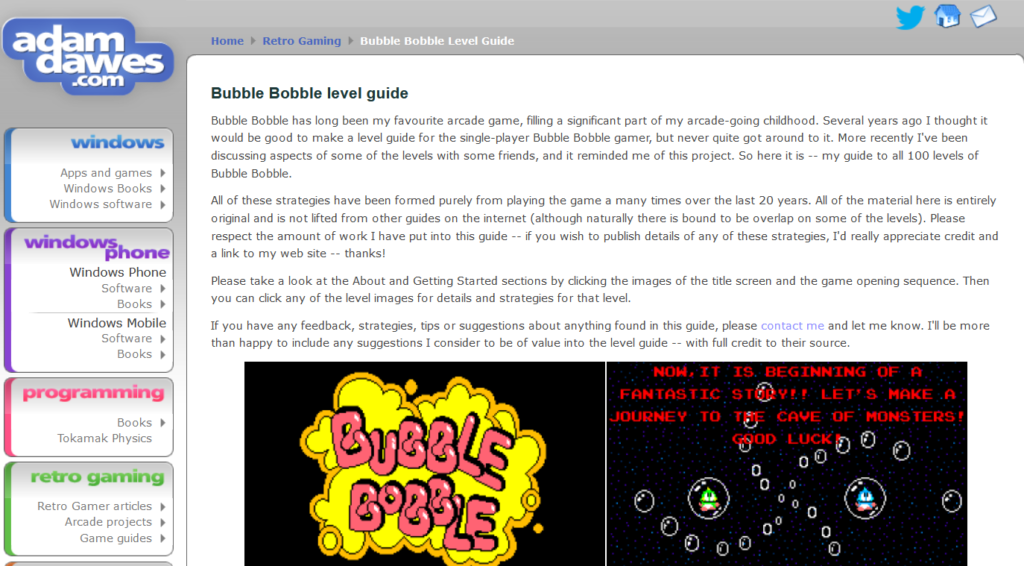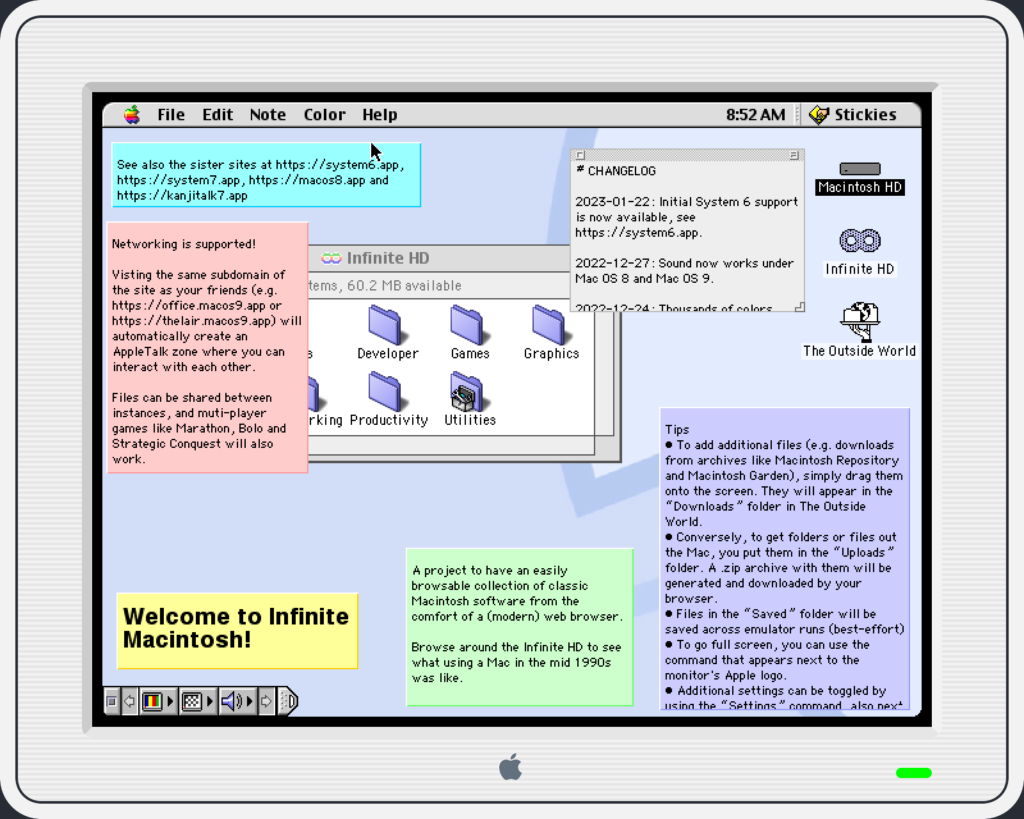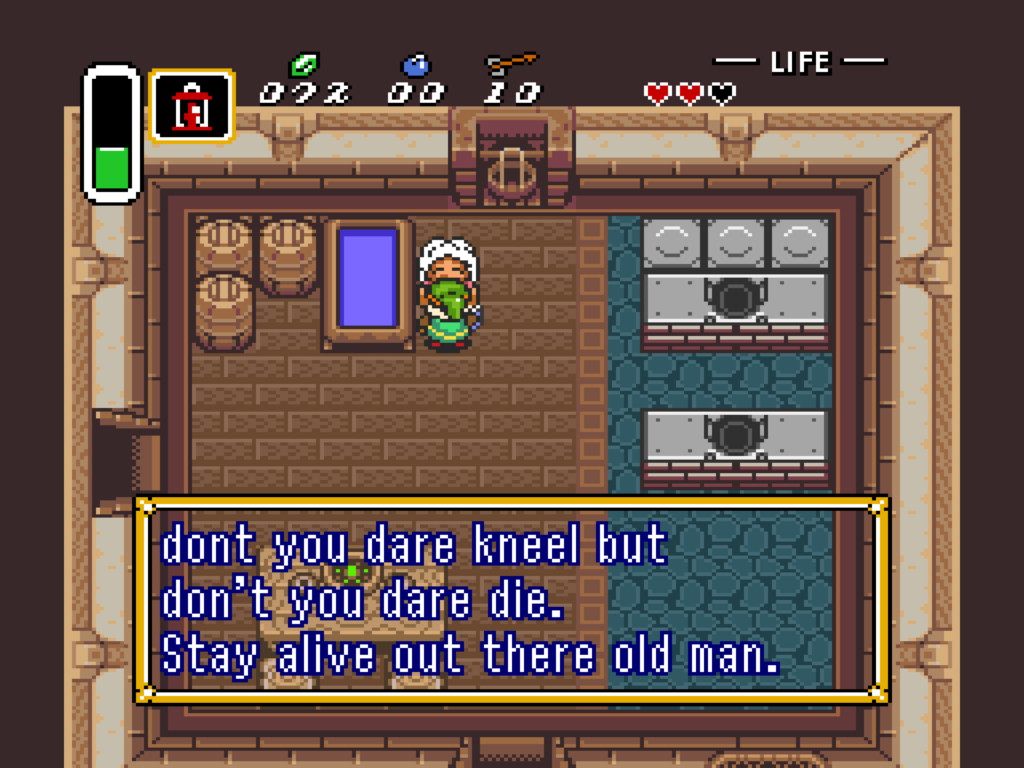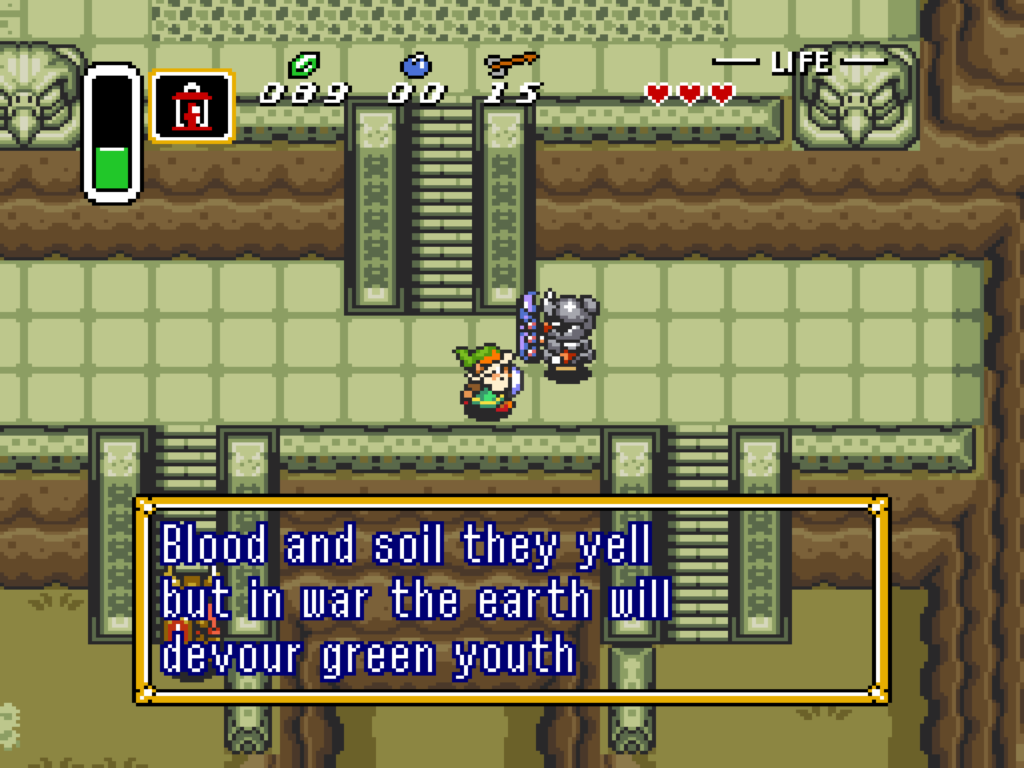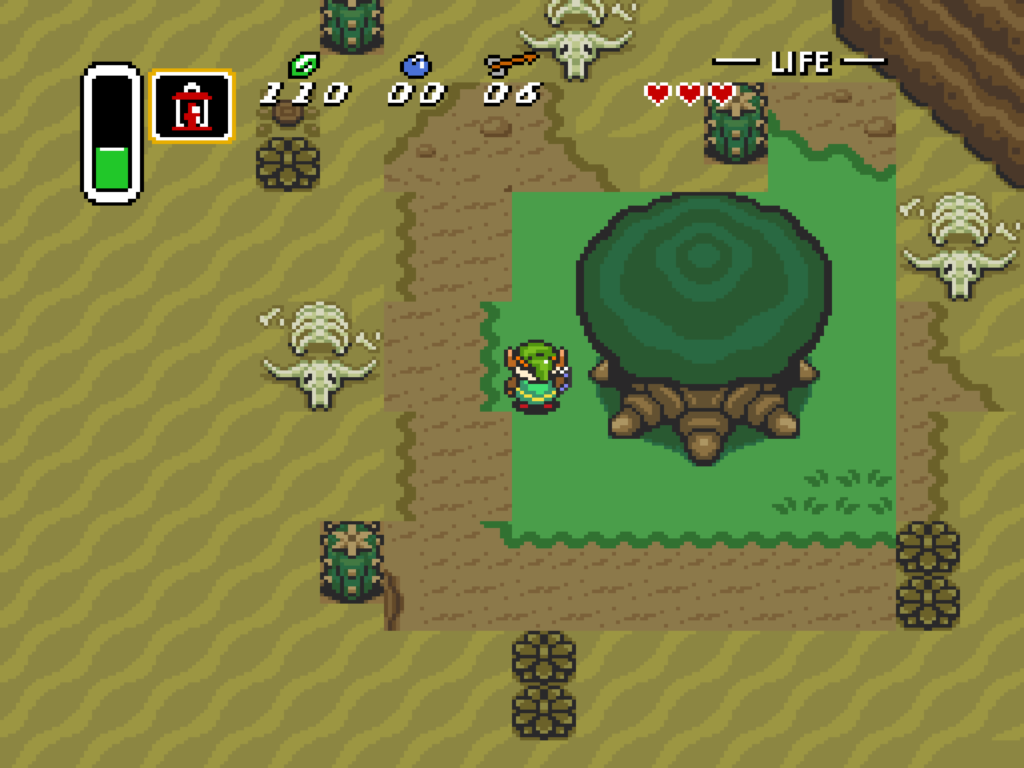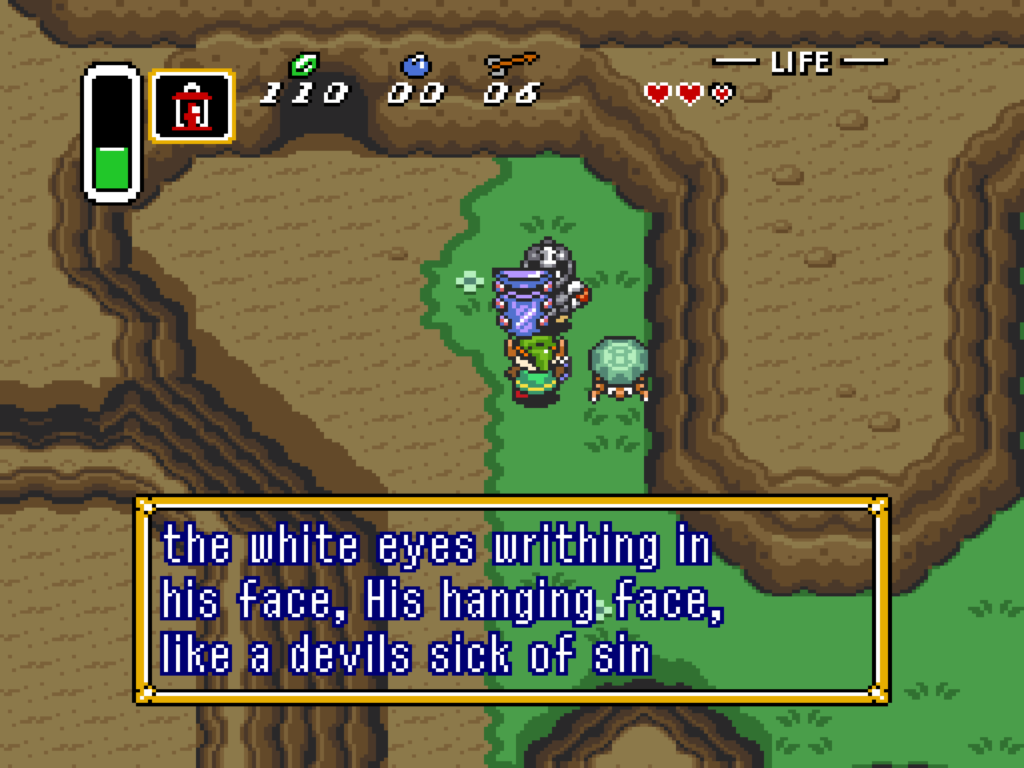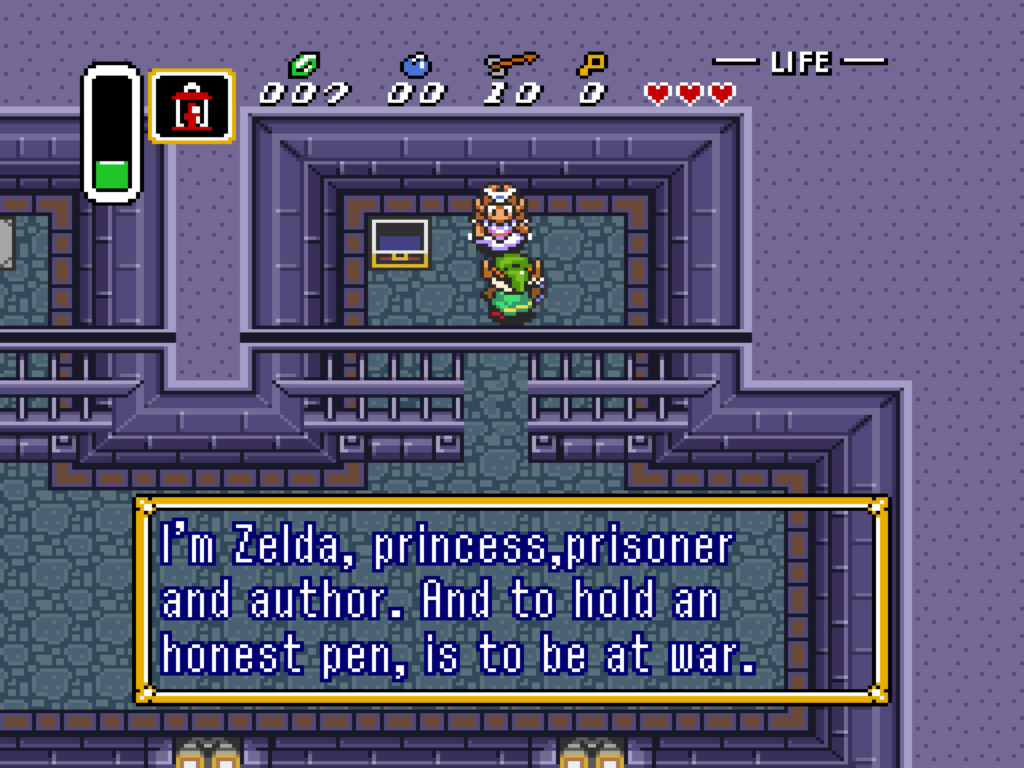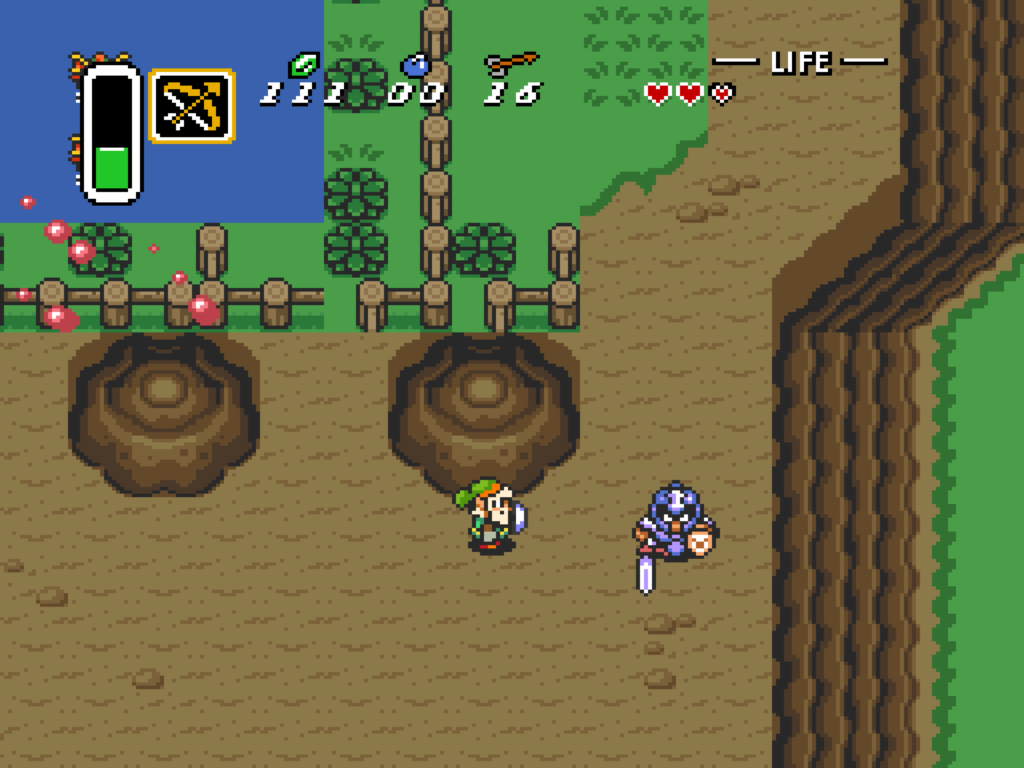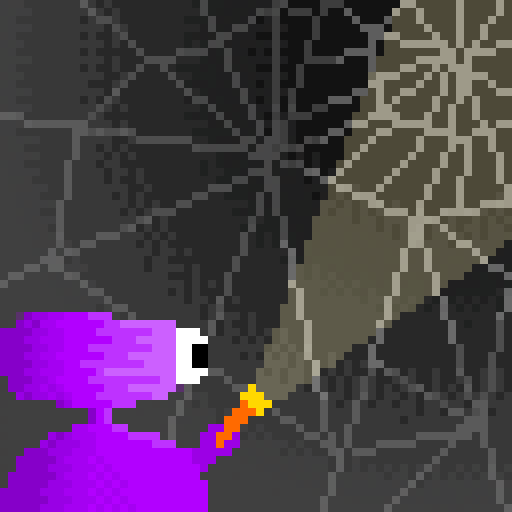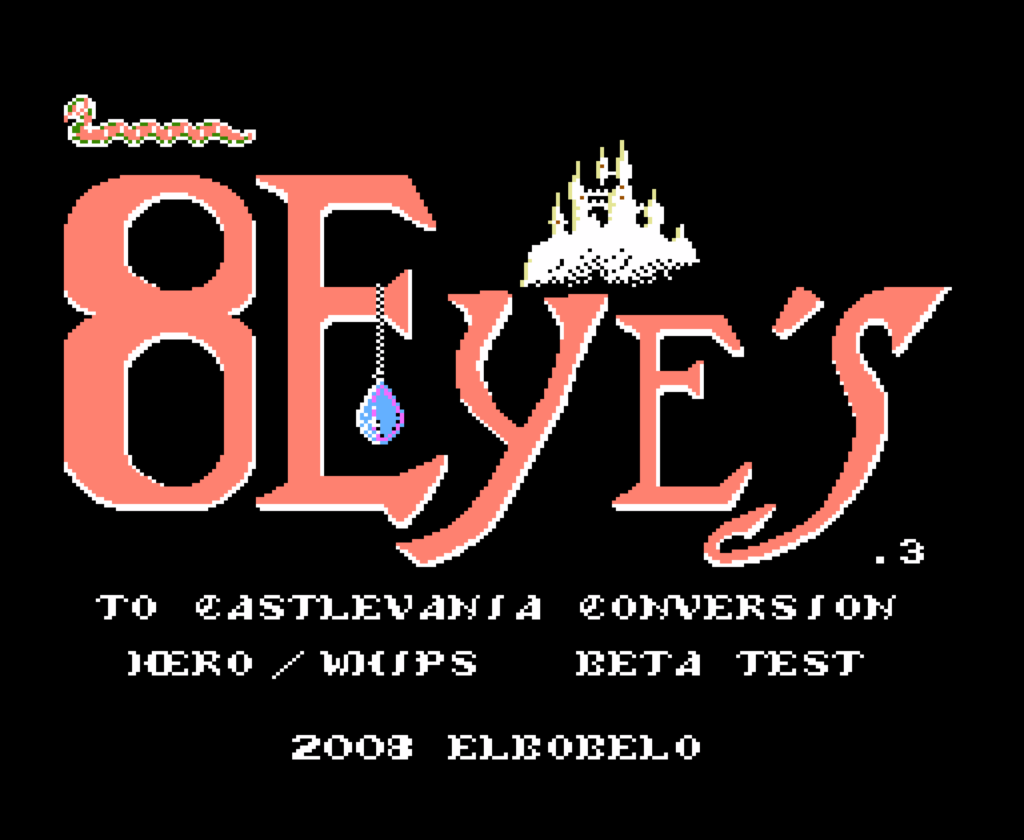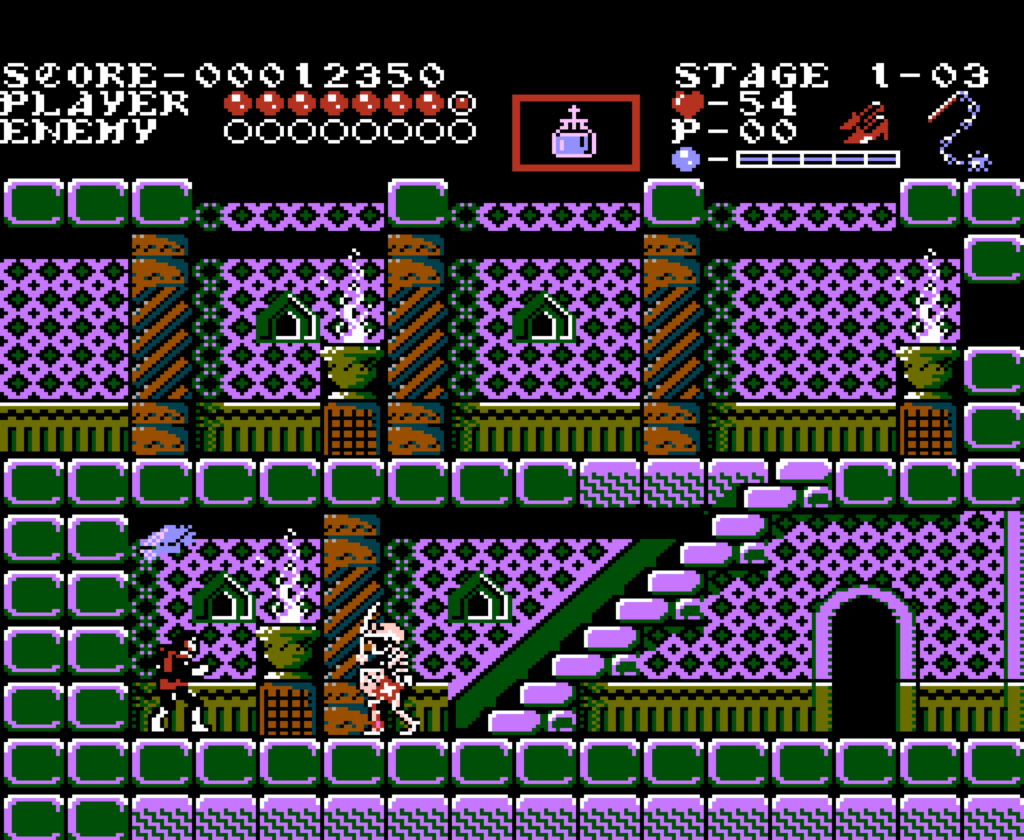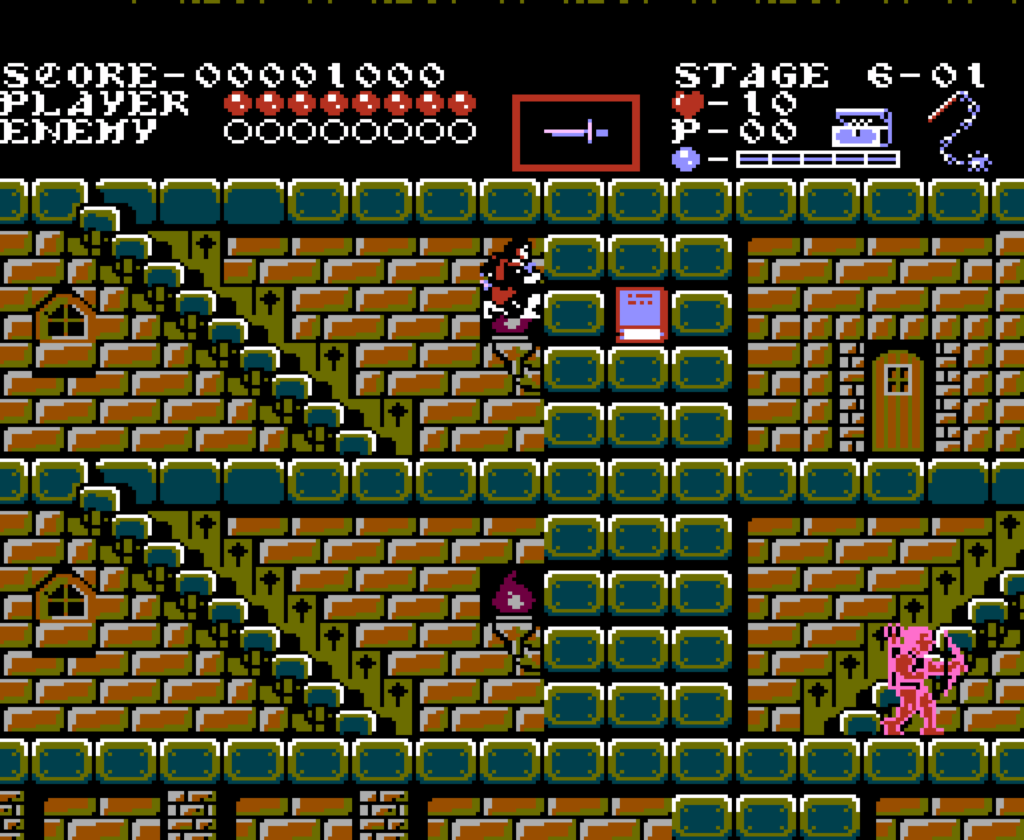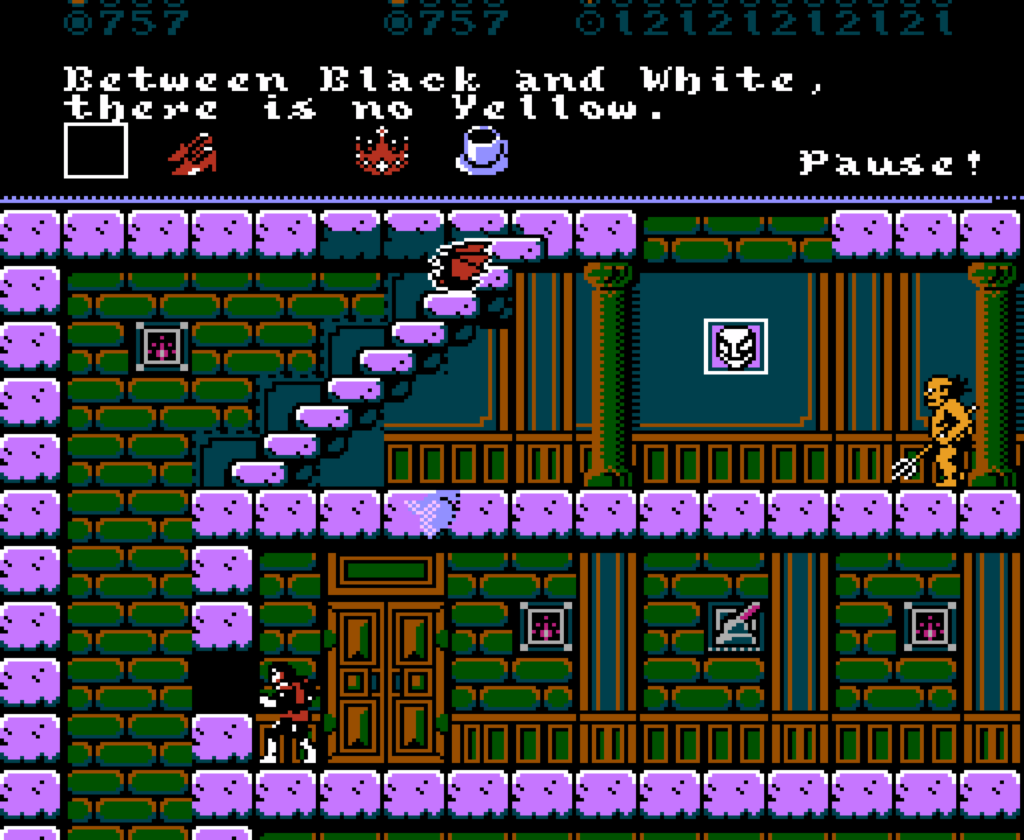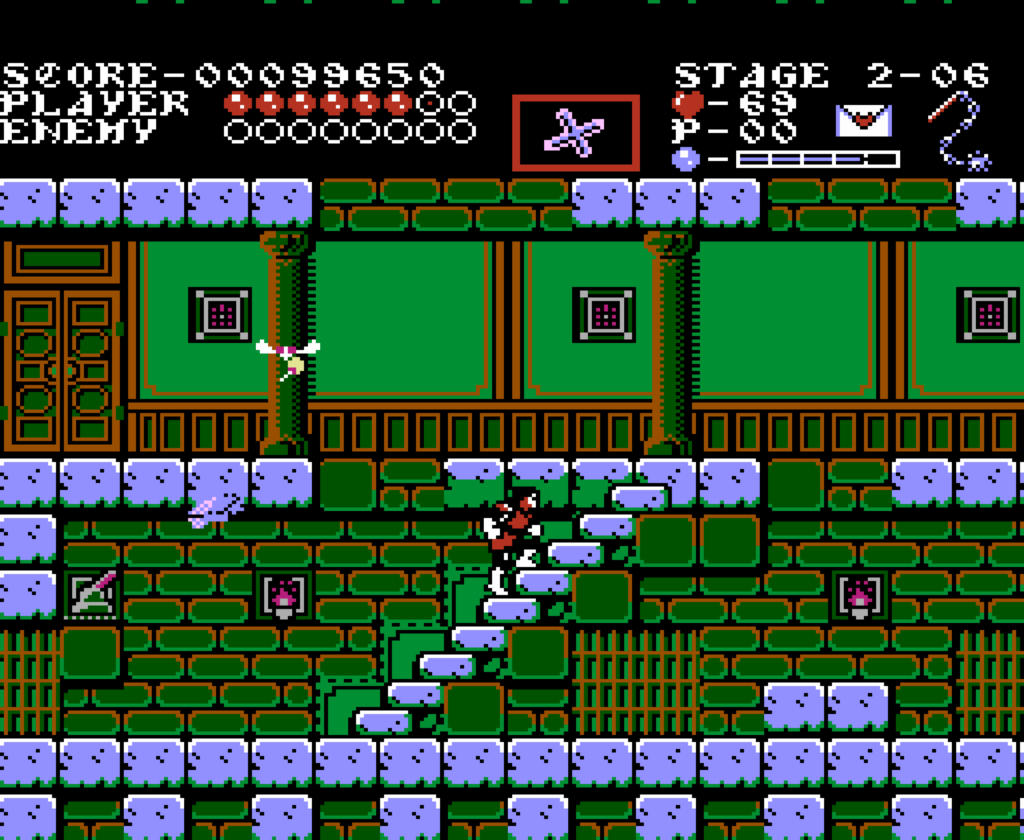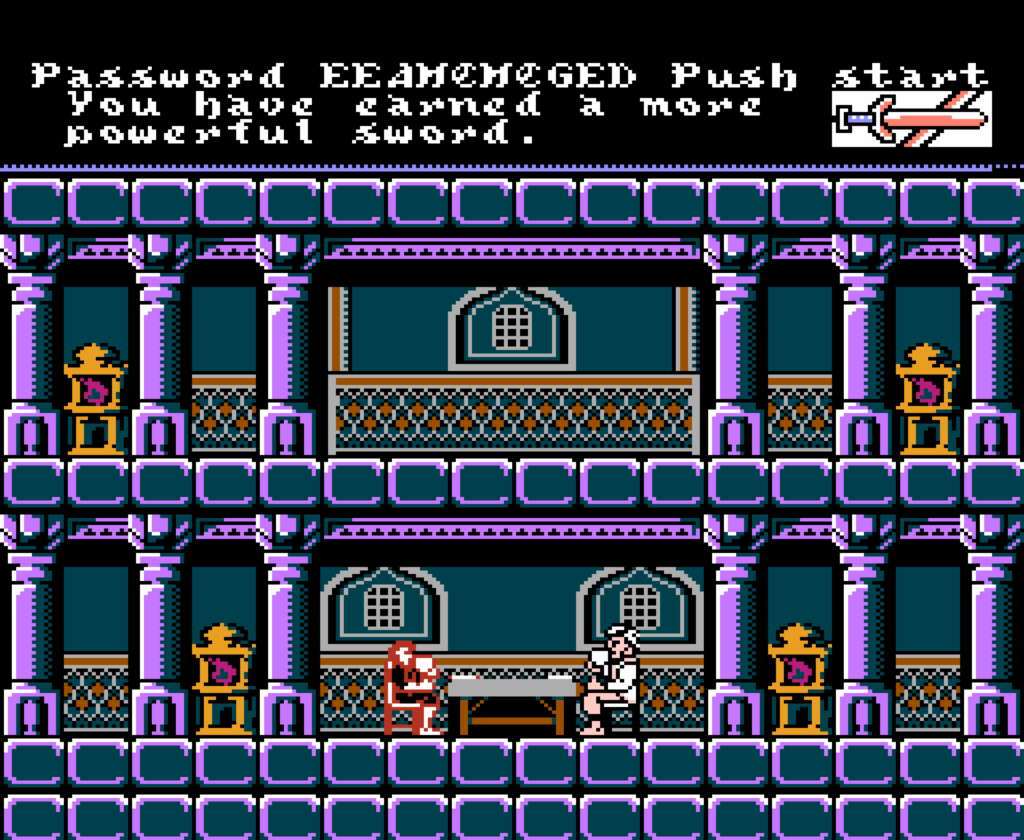Please pardon our lack of a romhack review this week. It’s not always easy to find a good hack to review out of the tens of thousands that are floating around out there. In the meantime, classic remakes are kind of like romhacks, right?
Those who have been following us for the (gosh) nearly one year we’ve been in operation will have picked up on the fact that we love classic Atari. Especially we love classic Atari prototypes. In my humble opinion, Atari treated the output of their stable of brilliant creators with almost a dismissive attitude.
Developers would make a game completely from scratch, spend months working on every aspect of it, handtooling the assembly code, sometimes for hardware platforms that were created specifically to run it, devote their lives for a time to this project, test it in-house, get reactions, modify it, get it running, get approval to make cabinets and put it out on location test, then have all that work get destroyed. Oh well! Back to the drawing board. That’s what happened to AKKA ARRH.
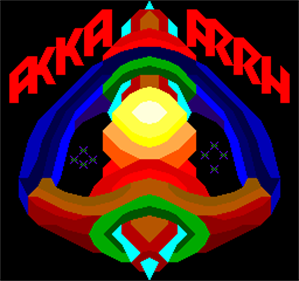
The only record of all of that effort might end up being those few prototype cabinets put out on test and in the hands of the original developers, and the files in the Atari archives, which were pretty much left out to rot when the company was shut down, and would have been lost to us except for a few people who searched their dumpsters looking to preserve them.
Because of the value of those tiny number of cabinets, collectors guard them zealously, which puts them at cross purposes with the people trying to release the files and get them working in MAME. Two such stories lately have been the prototype for Marble Madness II, which we talked about last year, and AKKA ARRH. (Which, I think, is still one of the best game names I’ve ever heard. It’s fun to say!)
AKKA ARRH’s history is a long story. Long lost except for a few cabinets, somehow, we’re still not sure how, the code got dumped and leaked on the internet. However it happened, that event seems to have uncorked the bubble, with rights-holder Atari (not the same company as the old Atari) commissioning a full remake from Llamasoft and Jeff Minter, the creator of Tempest 2000 and probably the person best keeping alive the spirit of classic arcade gaming.
Minter’s remake of AKKA ARRH is now on Steam. It’s kinda pricey at $19.99, but it looks g r e a t, as you should be able to tell from the trailer below. An emulation of the original arcade game is also in the Atari 50th Anniversary Celebration package from Digital Eclipse, available on Steam and lots of other platforms, which costs more but also gets you many more games, and documentaries and flyers and lots of other plat*.
Seeing that little TM symbol after the logo is oddly heartening. It’s so nice to see this game given a full release, even if only digitally. It’s been a long journey. Welcome home, AKKA ARRH.
* Lately I’ve been chafing against the limits of language. Please excuse my made-up words, I’m kind of sick of having to turn to the same old synonyms, once again, at the moment. You should know what I mean by context here.

